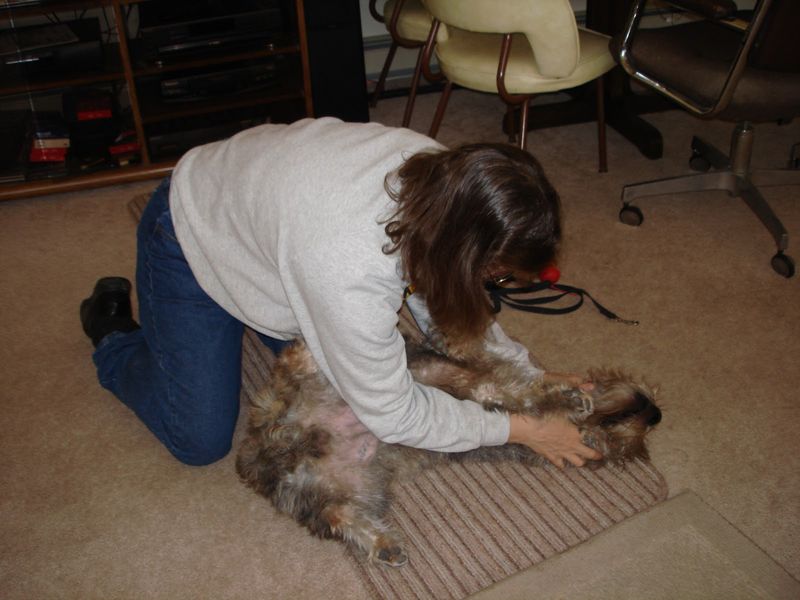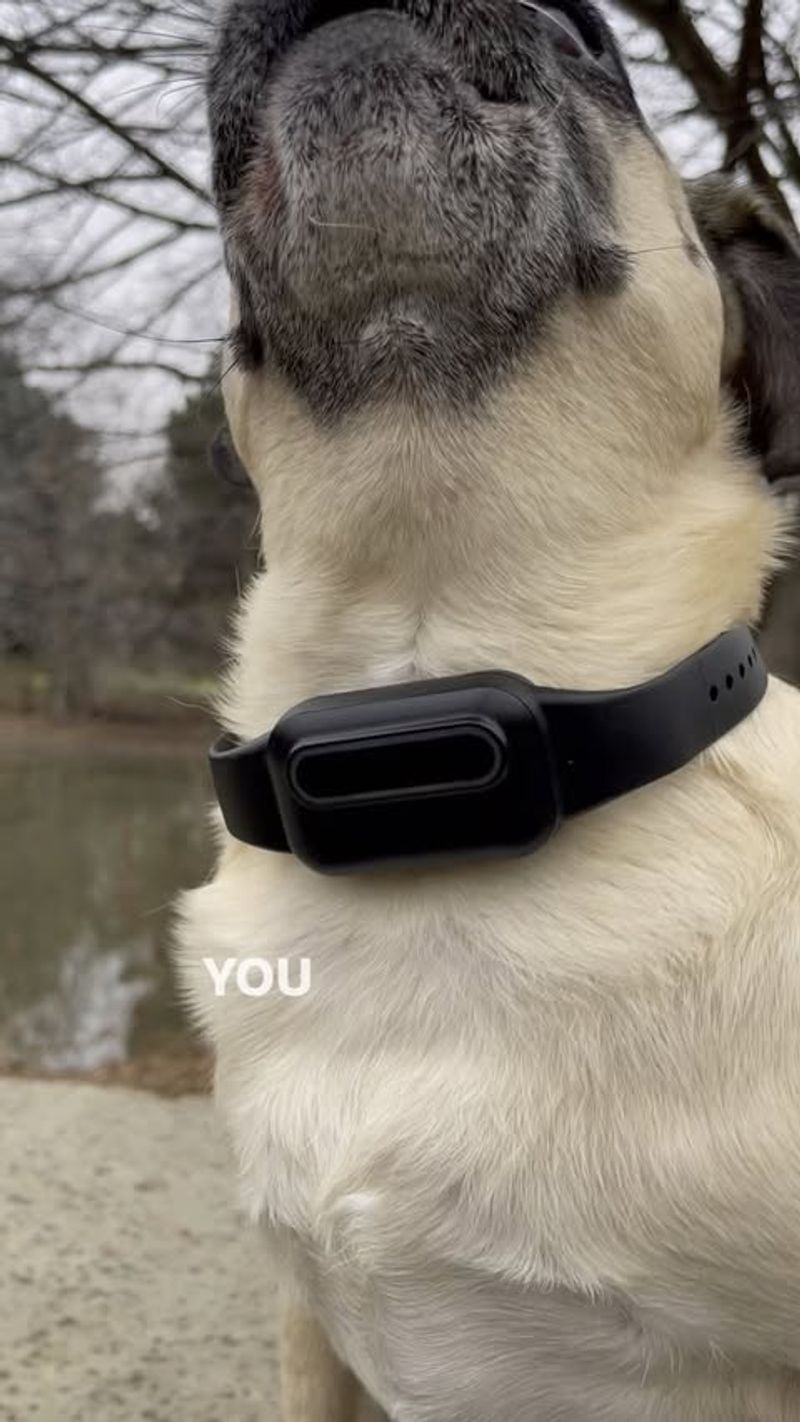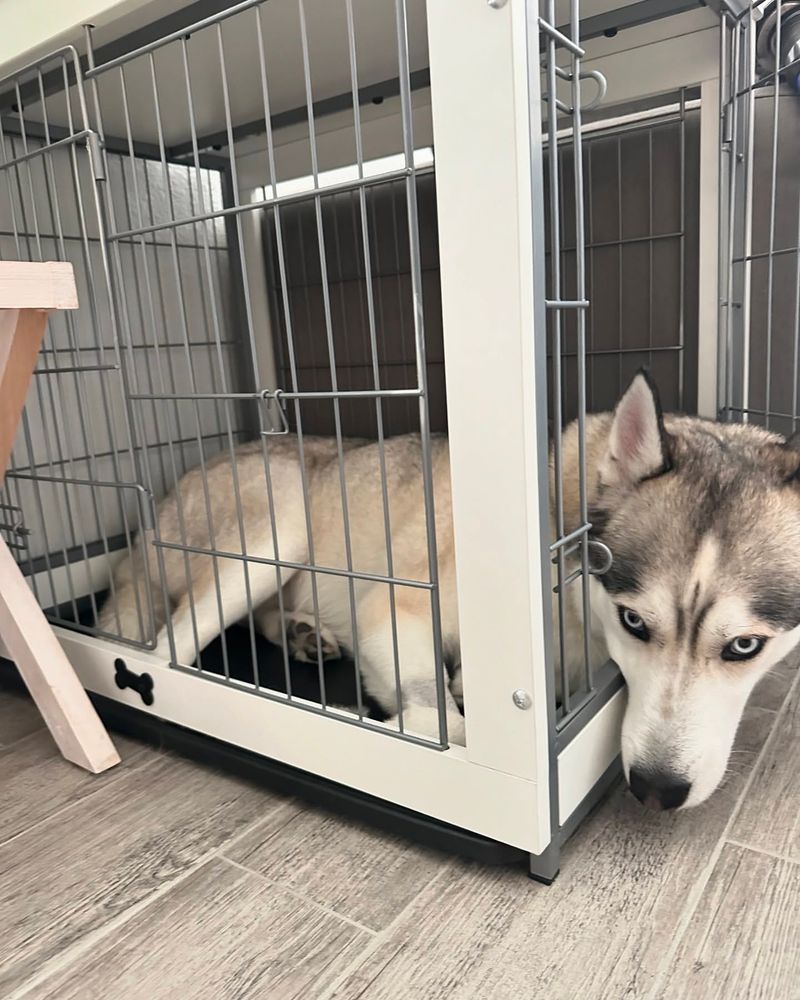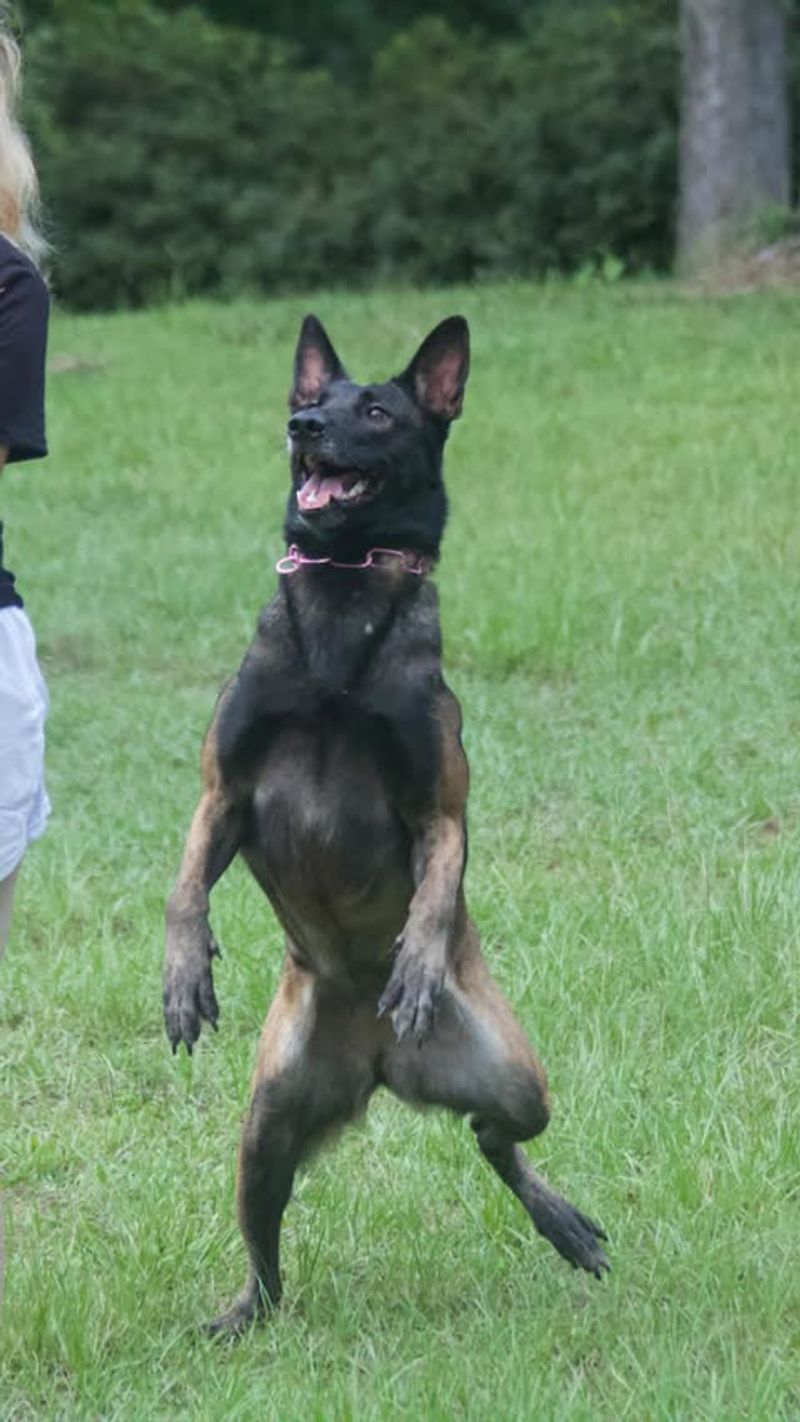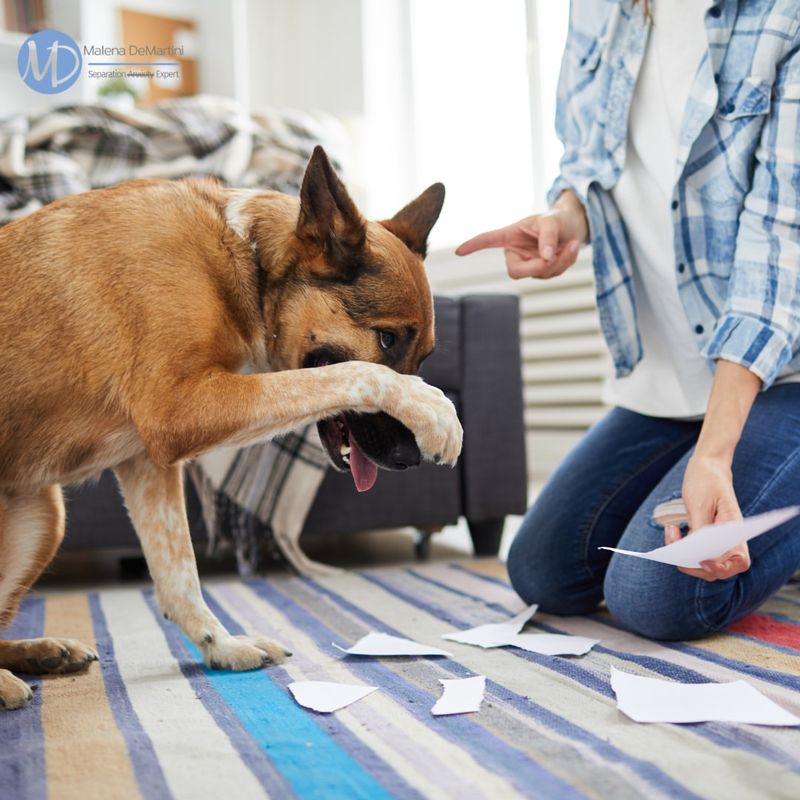Training your dog is essential, but not all methods are beneficial. Some techniques can be harmful, leading to behavioral issues. Here are ten common dog training methods experts advise against. Knowing these can help you ensure a more effective and compassionate training experience for your furry friend.
Alpha Rolling
Alpha rolling involves forcefully rolling a dog onto its back to show dominance. This method can lead to fear and anxiety in dogs. It often results in a lack of trust between the dog and the owner.
Experts warn that dogs may become aggressive or fearful due to this treatment. Instead, focus on positive reinforcement to encourage good behavior.
Using gentle leadership and building trust is more effective. Avoid techniques that instill fear, as they harm the bond with your dog.
Choke Collars
Choke collars are used to correct a dog by tightening around their neck. This method can cause serious physical harm, such as neck injury or tracheal damage.
Dogs may also develop fear or anxiety associated with walking on a leash. Experts recommend using harnesses instead.
By focusing on positive reinforcement, you can encourage good behavior without causing harm. A comfortable, safe walking experience is crucial for both the dog and the owner.
Shock Collars
Shock collars deliver an electric shock to deter unwanted behavior. Though marketed as effective, they often lead to increased anxiety and aggression.
Dogs may not associate the shock with their behavior, leading to confusion. Positive reinforcement is a more humane alternative.
Training should focus on rewarding desired actions rather than punishing unwanted ones. A loving and understanding approach fosters better relationships.
Leash Jerking
Leash jerking involves giving a sharp pull on the leash to correct behavior. This can cause neck injuries and instill fear in dogs.
It may also create a negative association with walking, making outings stressful. Experts suggest using gentle guidance instead.
Proper leash training should involve patience and positive reinforcement. Building trust and confidence in your dog leads to a more enjoyable walking experience.
Alpha Dominance
Alpha dominance involves asserting control over a dog through intimidation. This approach often leads to anxiety and mistrust.
Rather than fostering cooperation, it creates a fearful environment. Experts advocate for leadership through mutual respect.
Building a partnership based on trust leads to better behavior. Understanding your dog’s needs and communicating effectively build lasting bonds.
Yelling and Scolding
Yelling or scolding a dog for misbehavior is a common mistake. This method leads to confusion and fear rather than understanding.
Dogs may not connect the scolding with their actions, leading to anxiety. Calm and clear communication is more effective.
Positive reinforcement encourages desired behavior. Building a supportive environment fosters learning and confidence in your dog.
Water Spraying
Water spraying is used to deter unwanted behavior by startling the dog. While seemingly harmless, it can lead to fear and anxiety.
Dogs might start associating certain actions or environments with the unpleasant surprise. Experts suggest redirecting attention instead.
Building positive environments encourages better behavior. Understanding and patience are key to successful training.
Isolation Timeout
Isolation timeout involves separating a dog from its owner as punishment. This can lead to anxiety and feelings of abandonment.
Dogs thrive on social interaction; isolation can harm their emotional well-being. Providing alternatives for acceptable behavior is essential.
Encouraging positive interactions builds trust. Training should focus on constructive approaches rather than punitive measures.
Forceful Crate Training
Forceful crate training involves confining a dog to a crate as punishment. This approach can create negative associations with the crate.
Dogs may feel trapped and anxious, leading to behavioral issues. Experts recommend using the crate as a safe space, not a prison.
Proper crate training involves gradual introduction and rewards. Creating a comfortable environment ensures a positive experience.
Physical Punishment
Physical punishment involves hitting or striking a dog to correct behavior. This method can lead to fear, aggression, and mistrust.
Dogs learn better through empathy and understanding. Physical force undermines the bond between dog and owner.
Instead, focus on rewarding positive actions. Building a relationship based on respect and kindness fosters better behavior.

